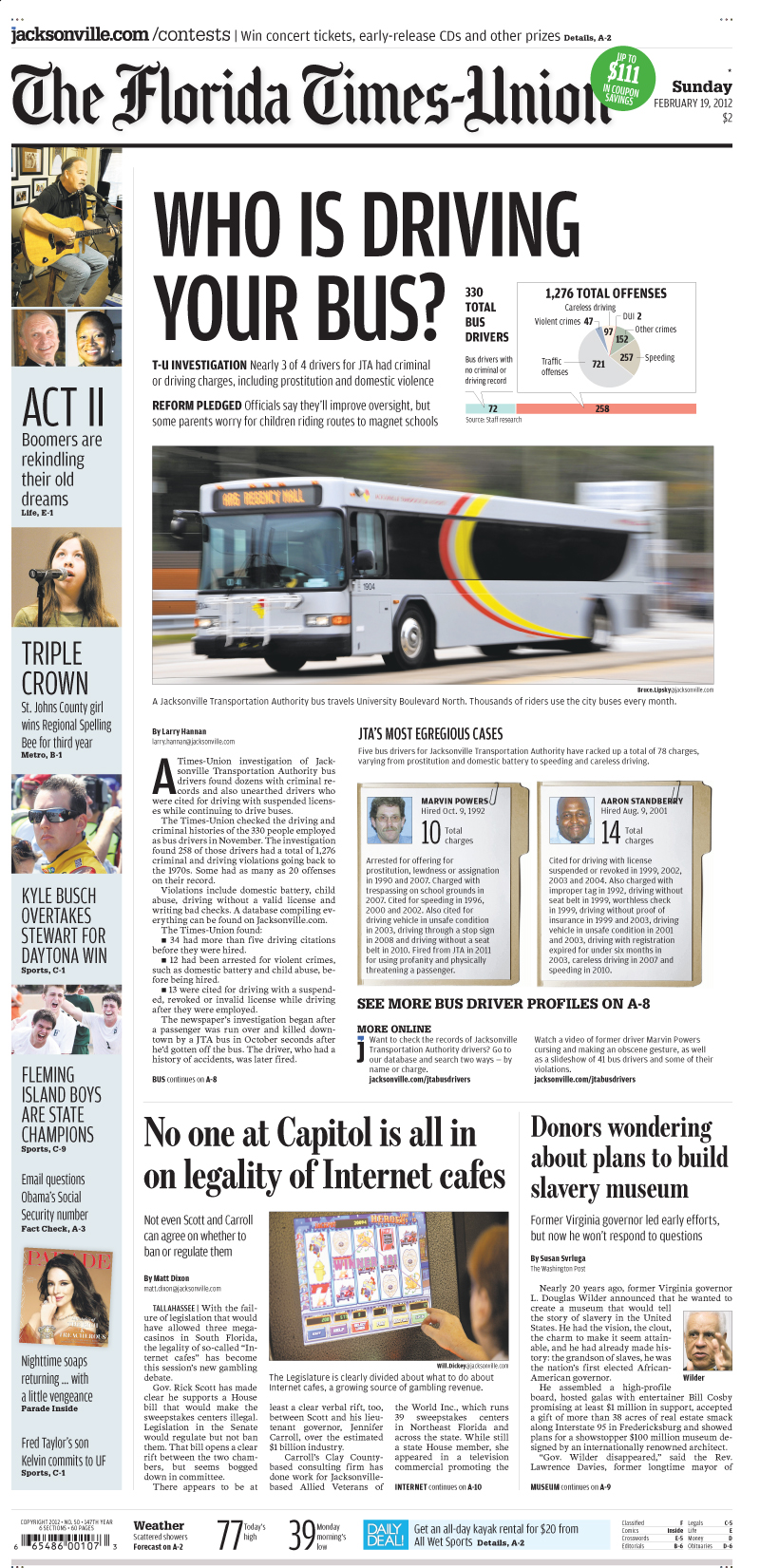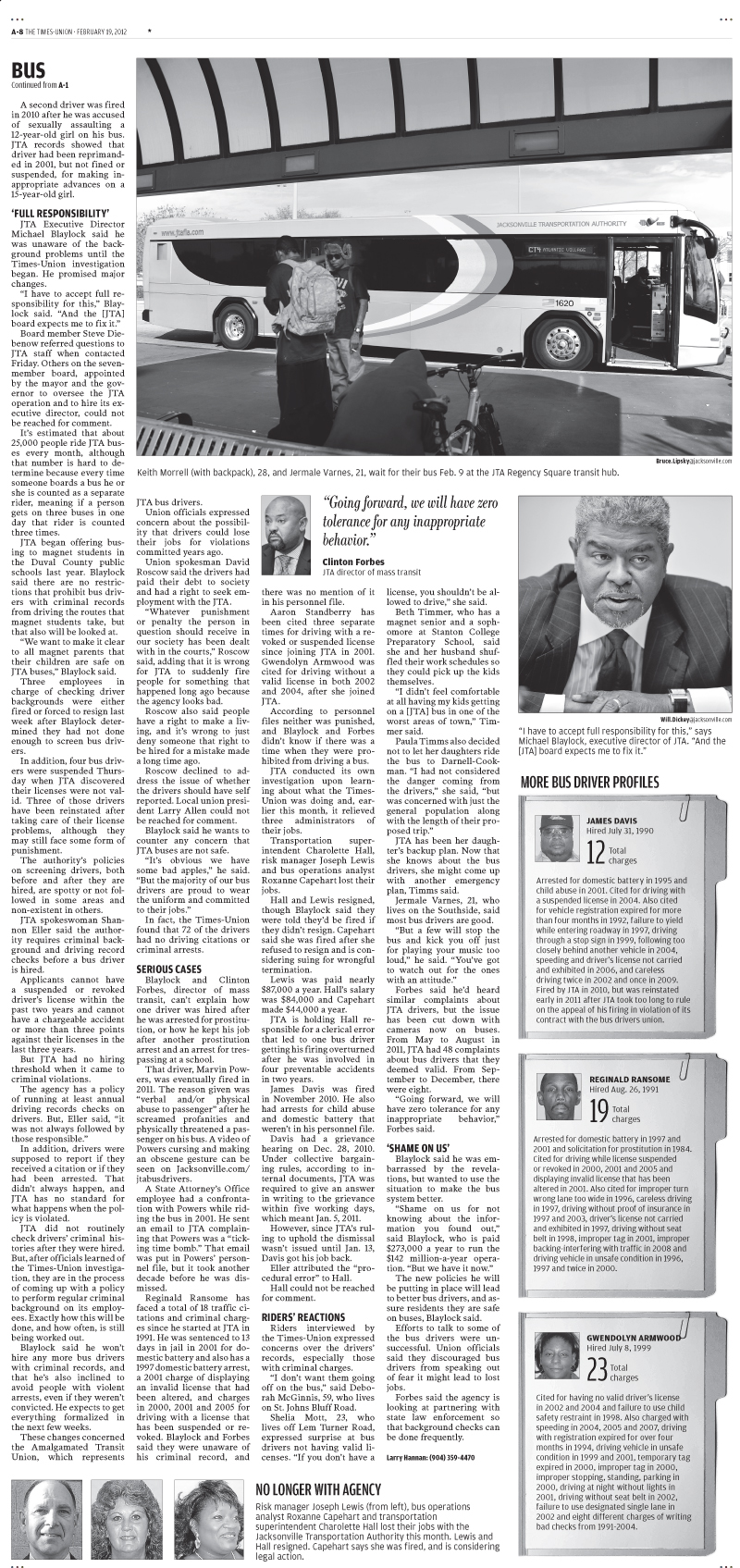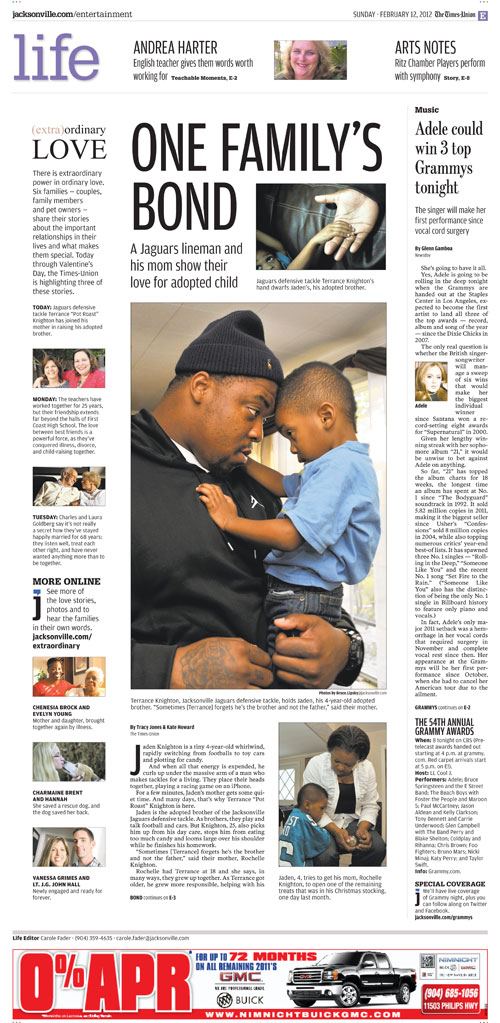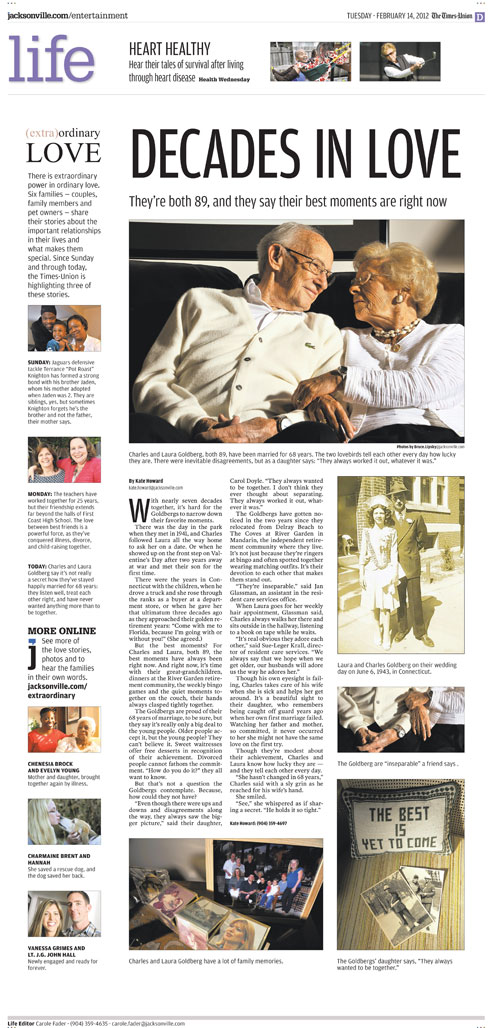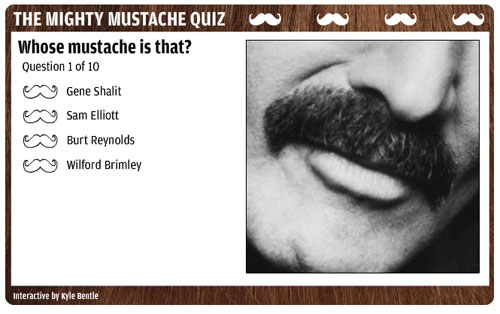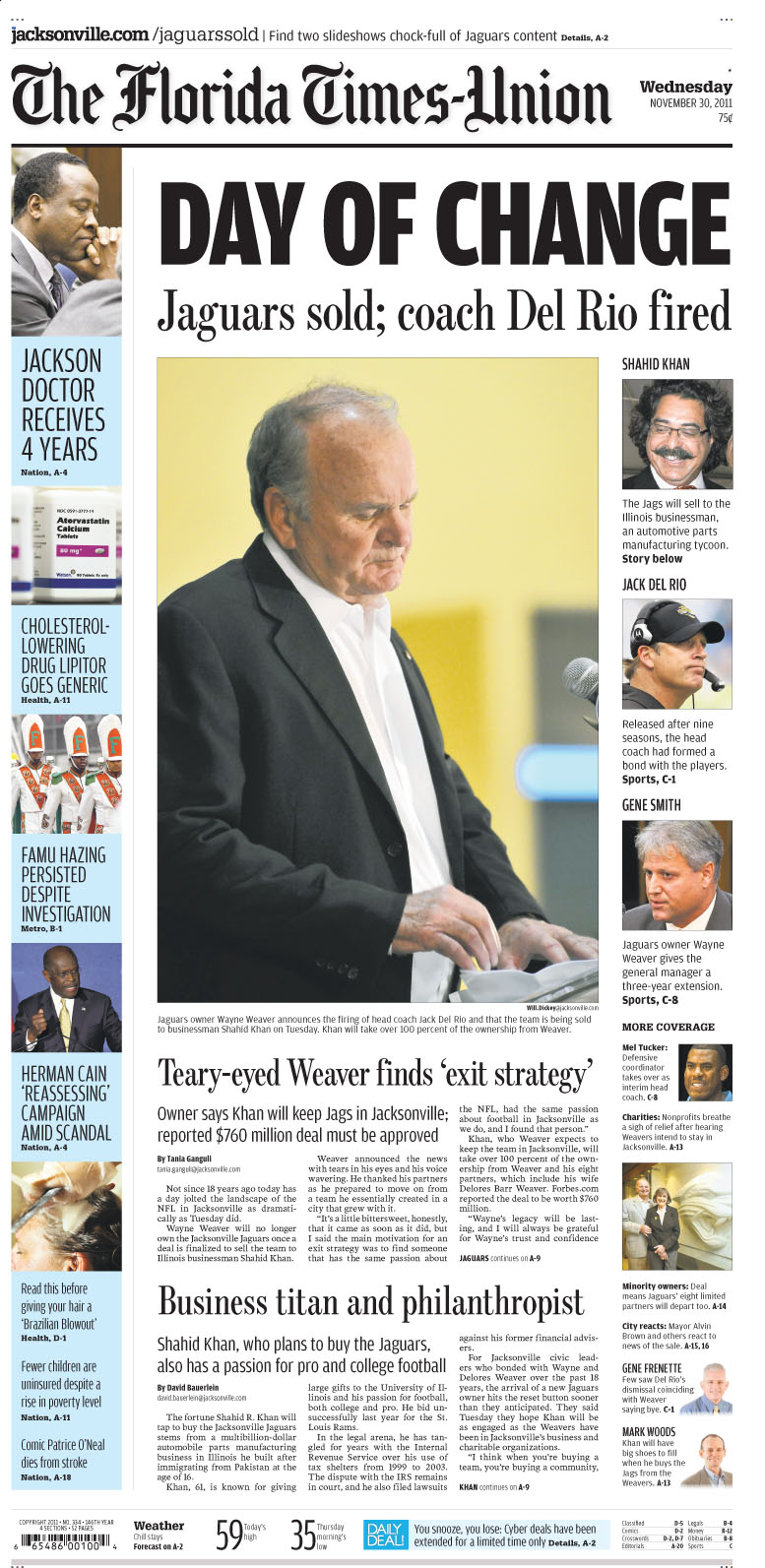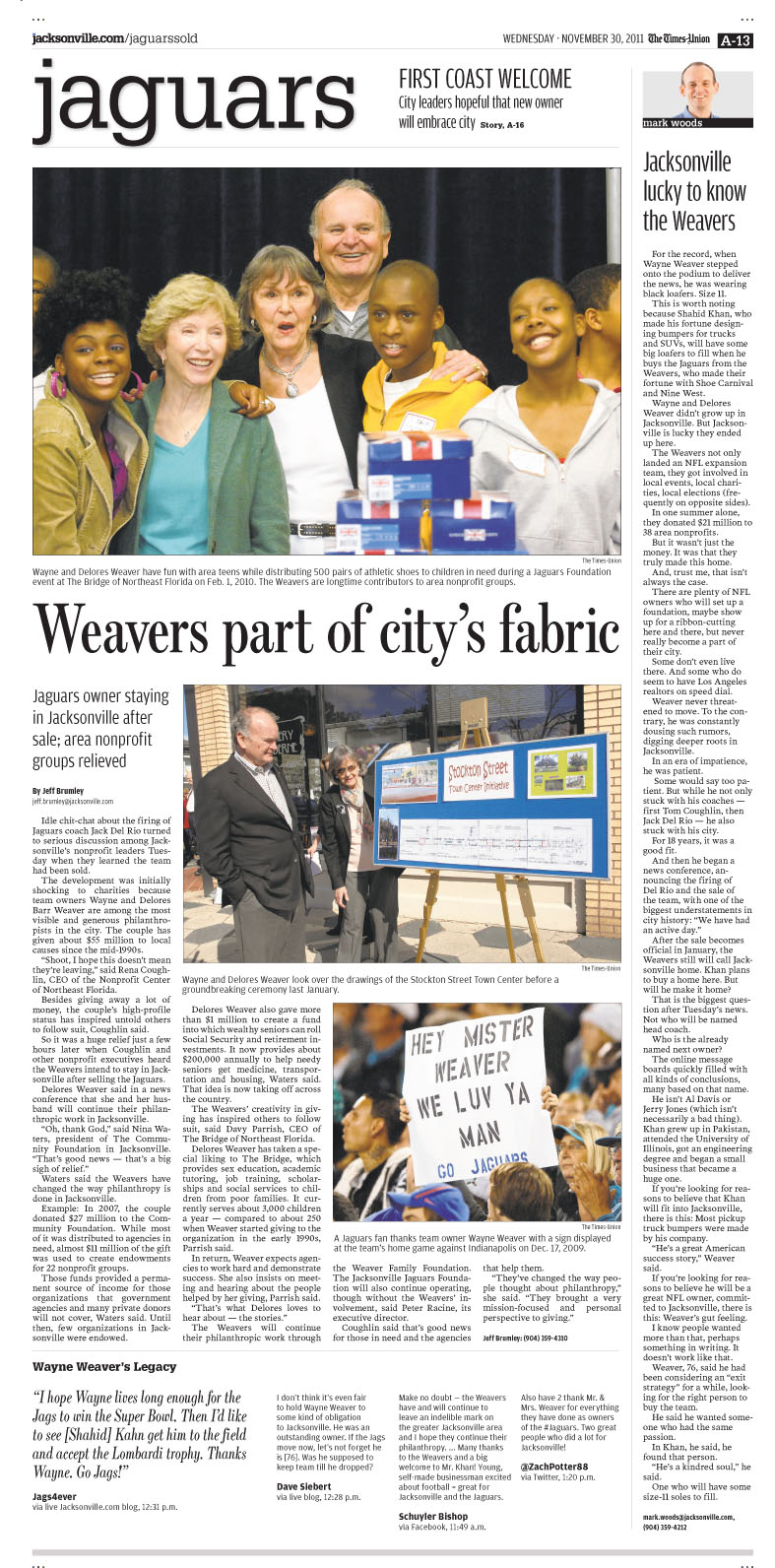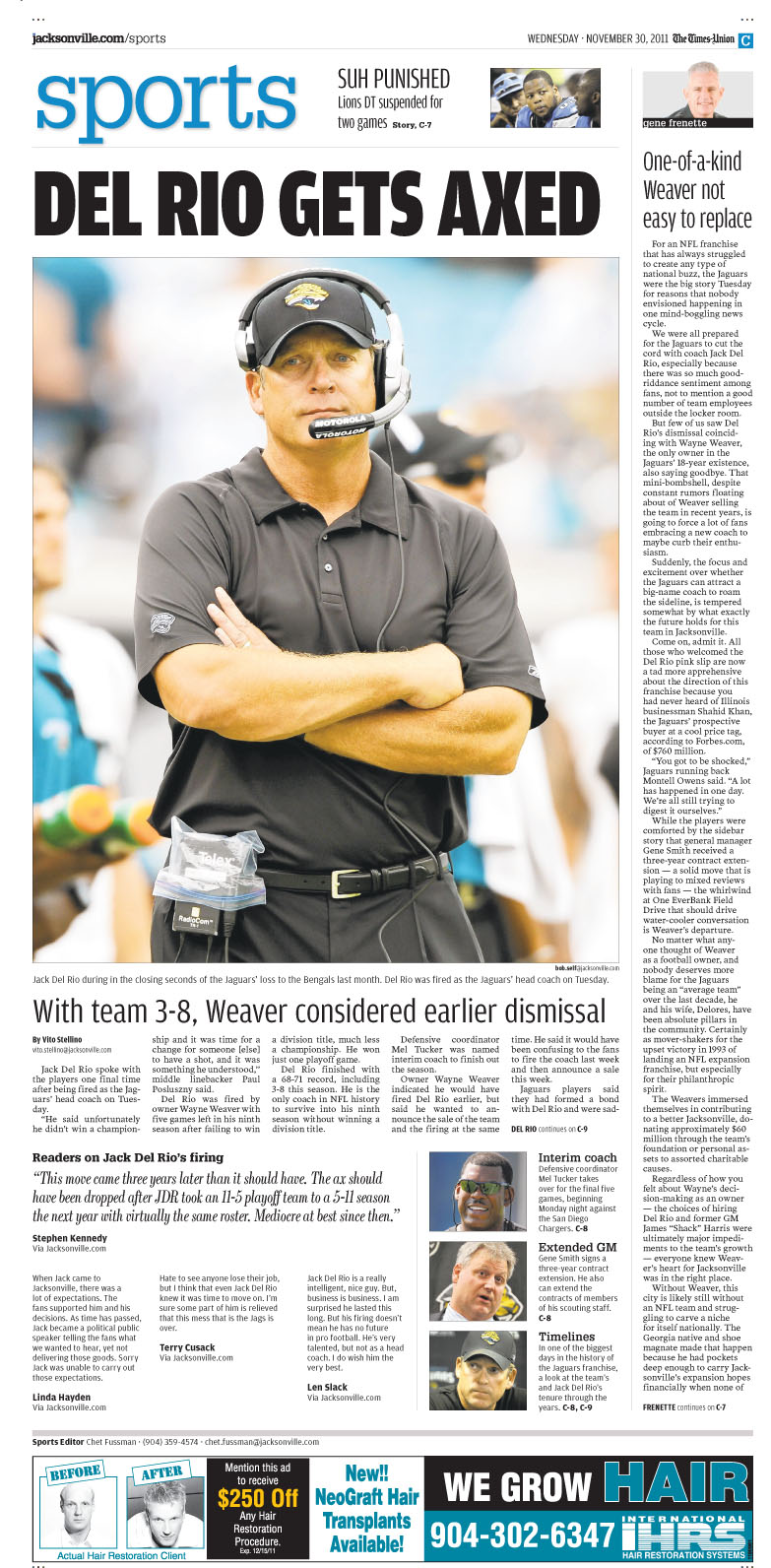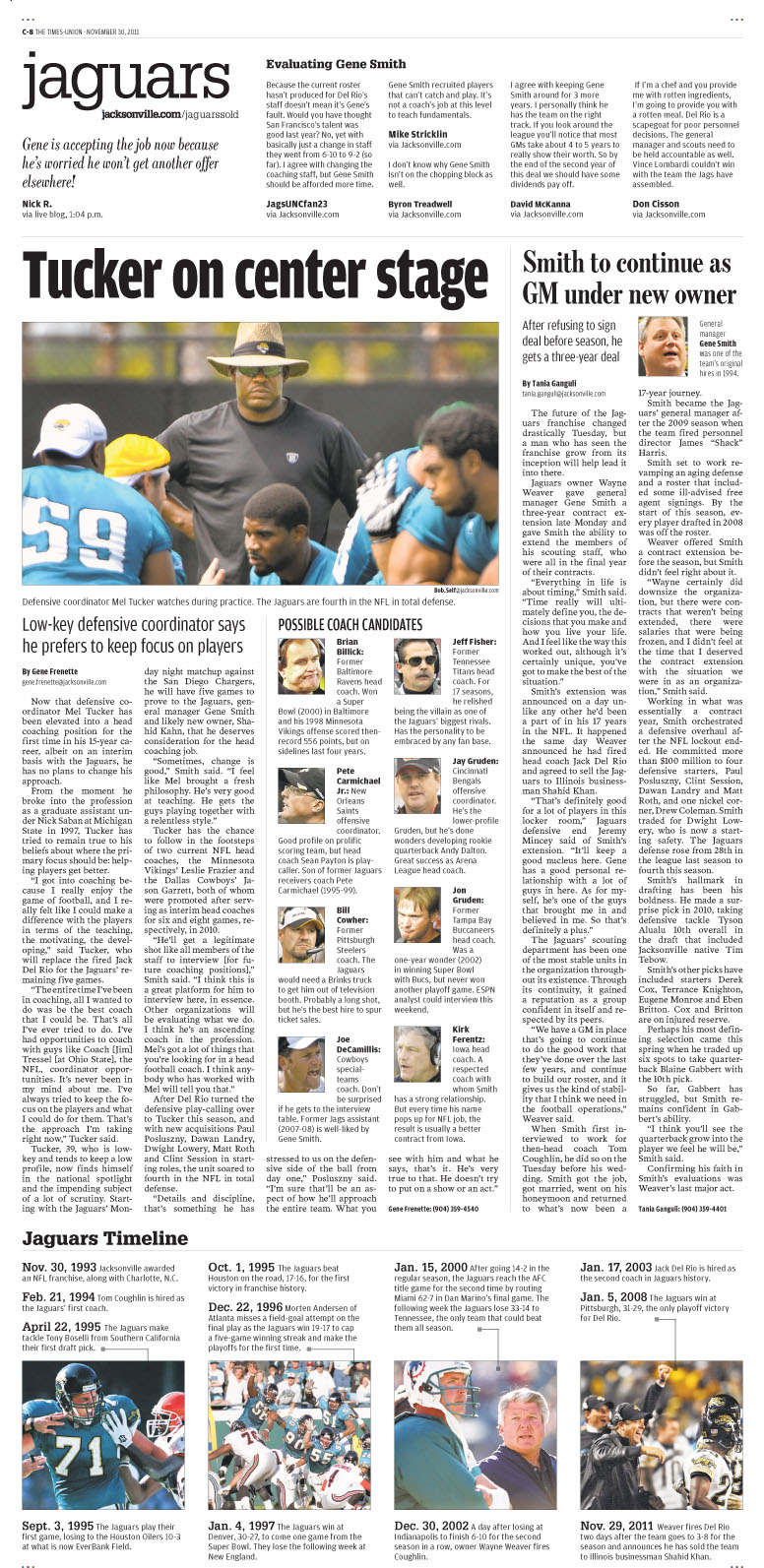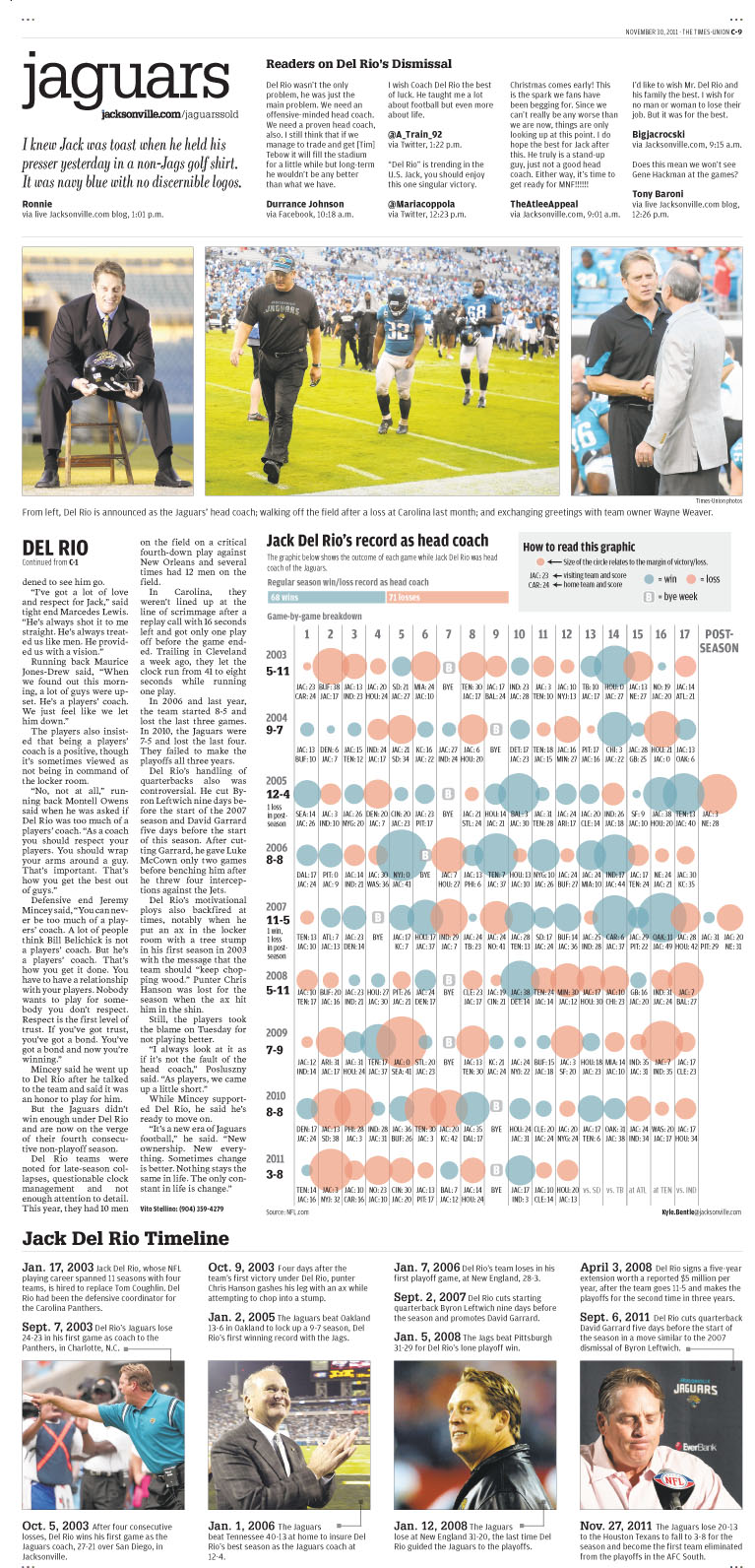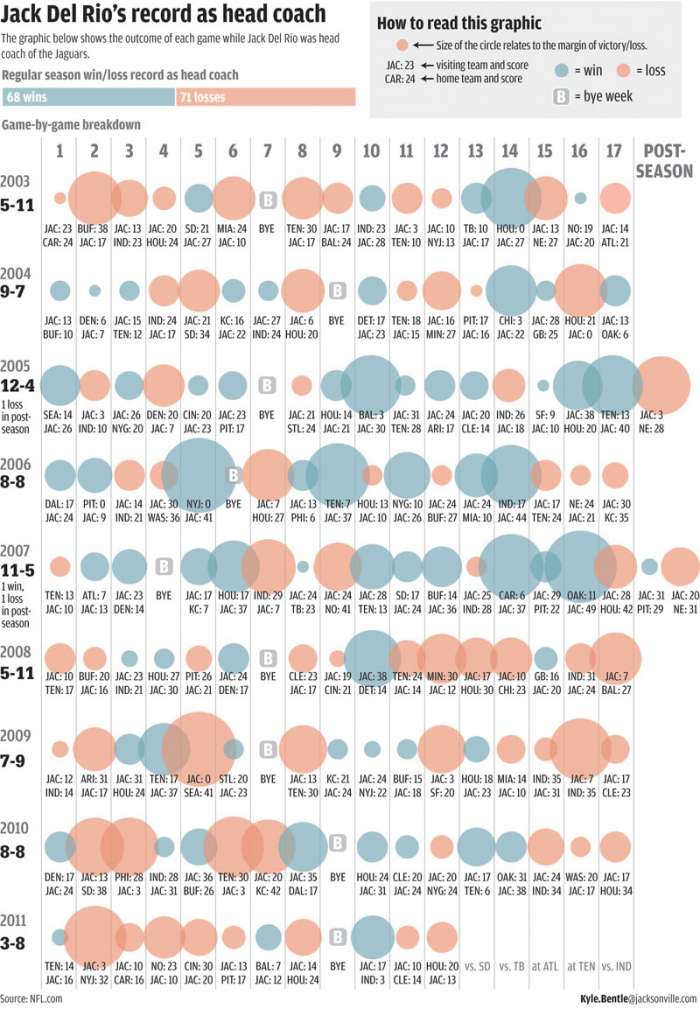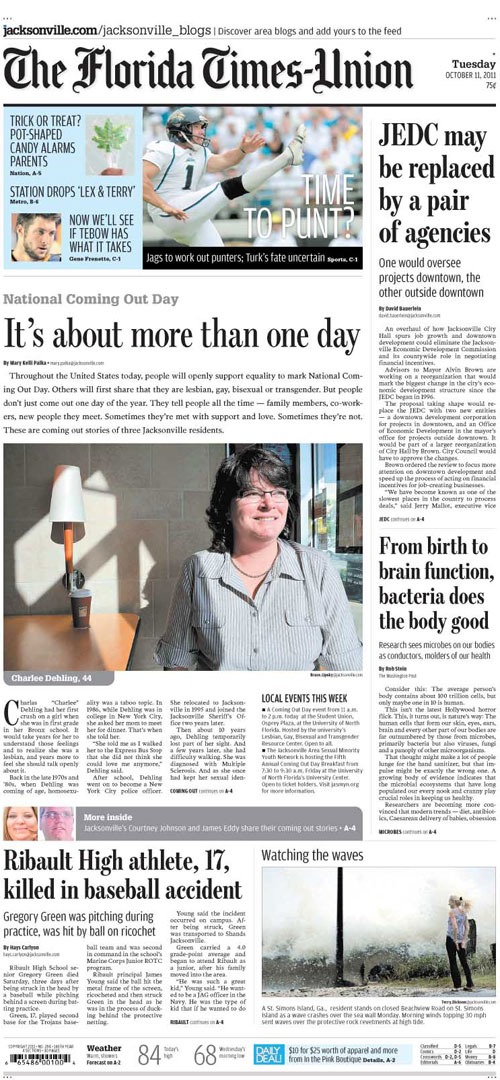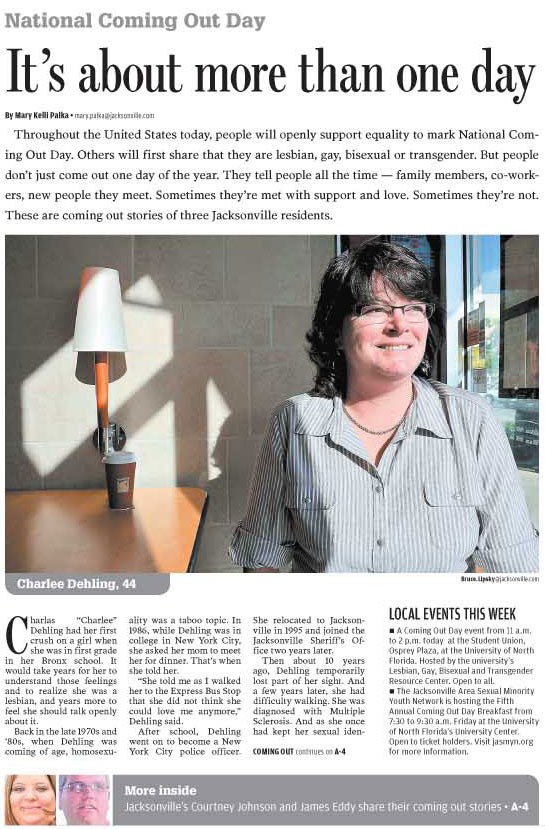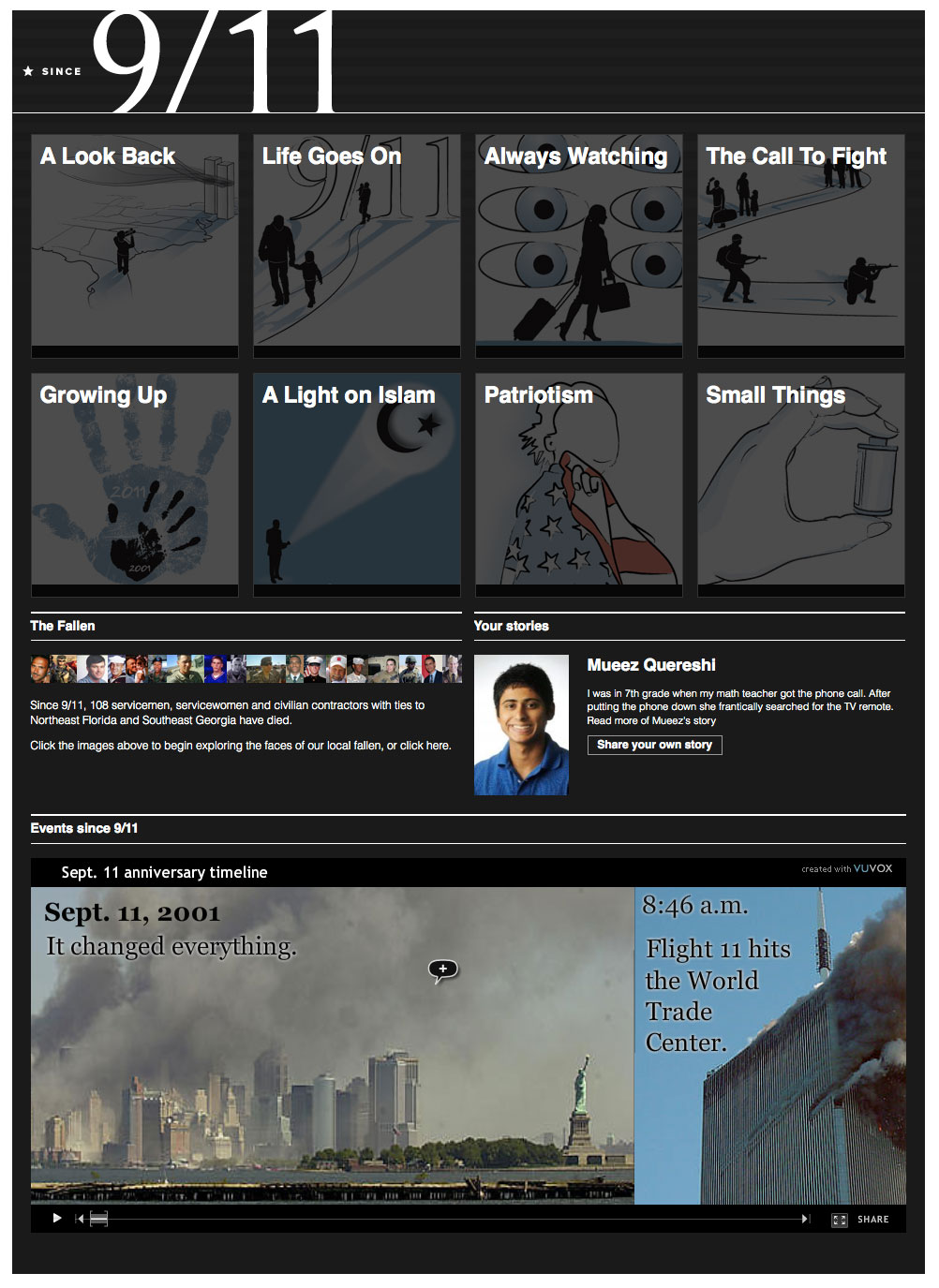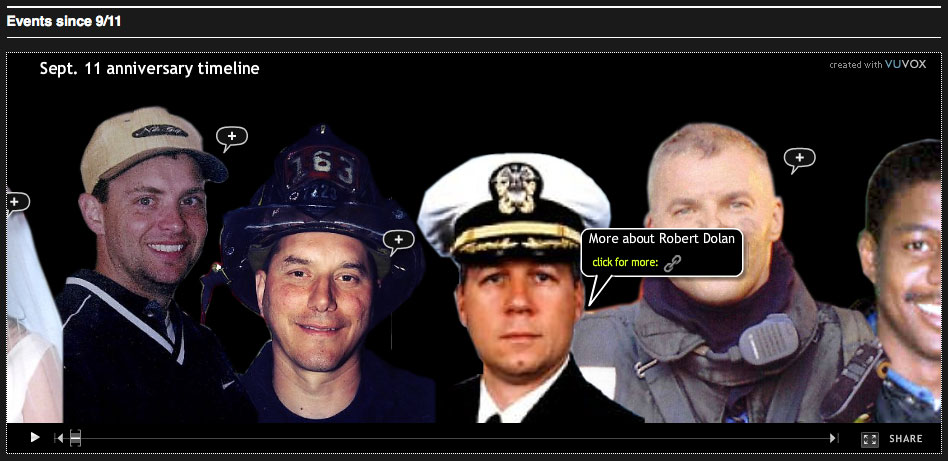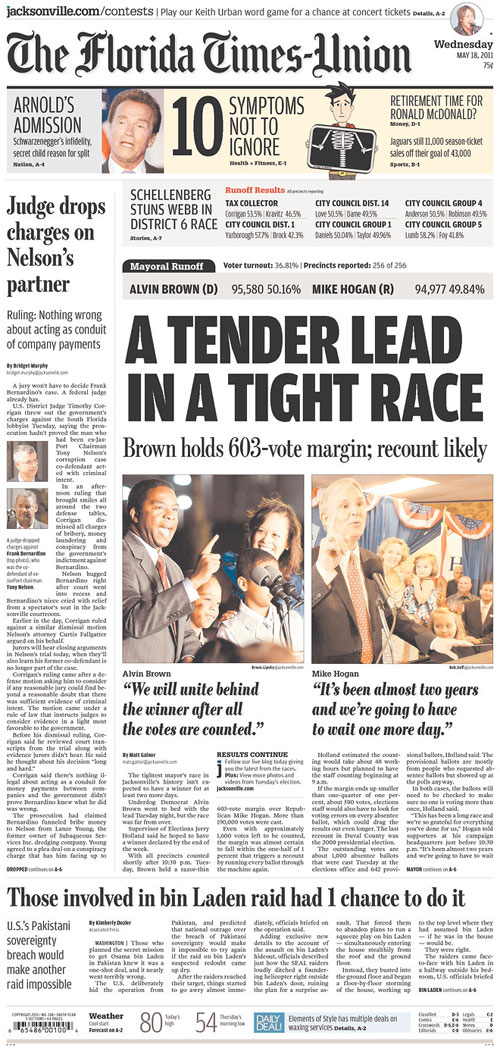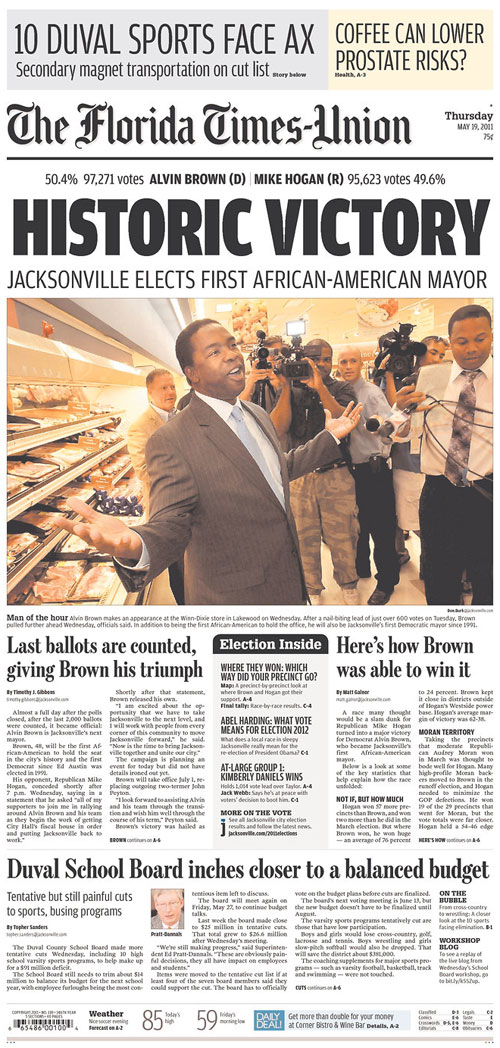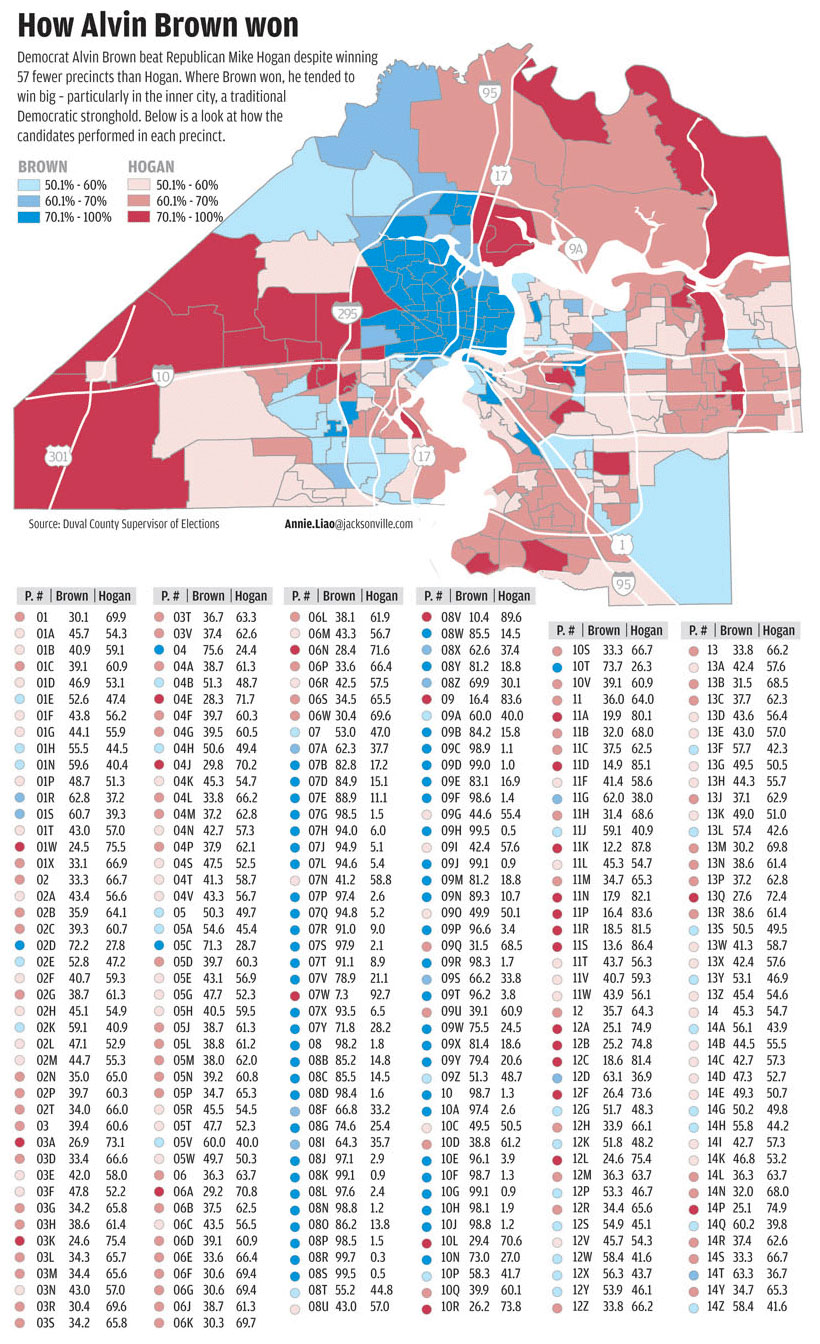A Florida Times-Union investigation of Jacksonville Transportation Authority bus drivers led to three employees losing their jobs and four bus drivers being suspended. Three of those drivers have been reinstated, though they could still face some punishment.
Newspaper investigations into public agencies result in firings and changes, but in this case, the moves happened in the week before the piece was even published.
Transportation reporter Larry Hannan wrote in Sunday’s piece:
JTA Executive Director Michael Blaylock said he was unaware of the background problems until the Times-Union investigation began. He promised major changes.
“I have to accept full responsibility for this,” Blaylock said. “And the [JTA] board expects me to fix it.”
What there is to fix: The Times-Union investigation found there were JTA drivers who were cited for driving with suspended licenses while continuing to drive buses. Additionally, 258 of 330 drivers had a total of 1,276 criminal and driving violations, including domestic battery, child abuse, driving without a valid license and writing bad checks.
The newspaper’s investigation began after a passenger was run over and killed downtown by a JTA bus in October.
Here’s how the story was played in this past Sunday’s Times-Union. Click for a larger view.
On the inside:
The main Jedi behind this investigation is Larry Hannan, the Florida Times-Union’s transportation reporter. He previously worked at News-Herald in Ohio and the Naples Daily News in Florida.

